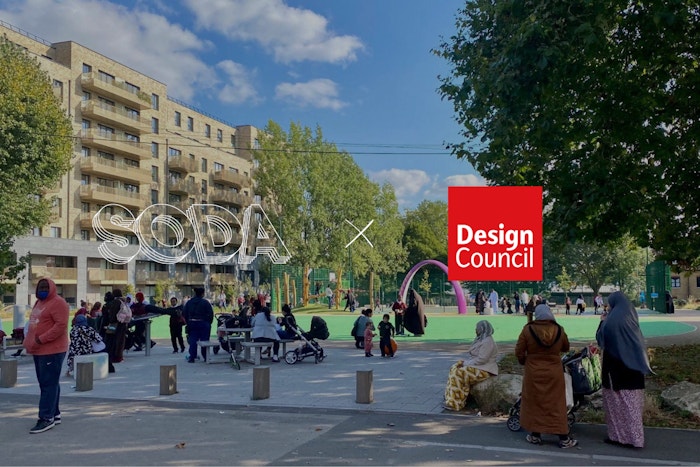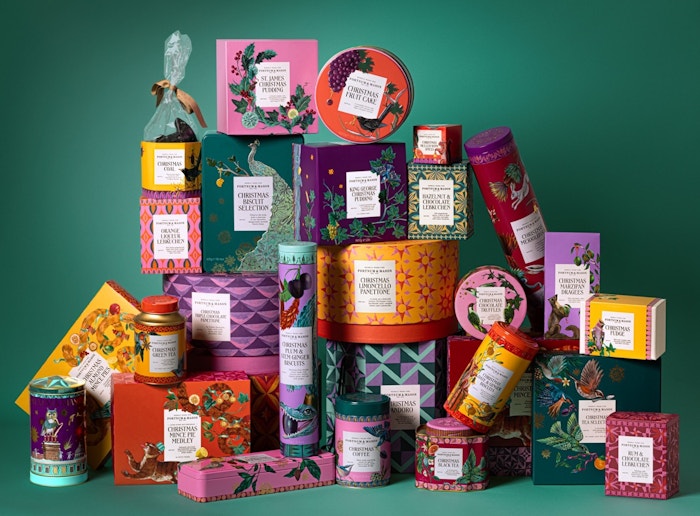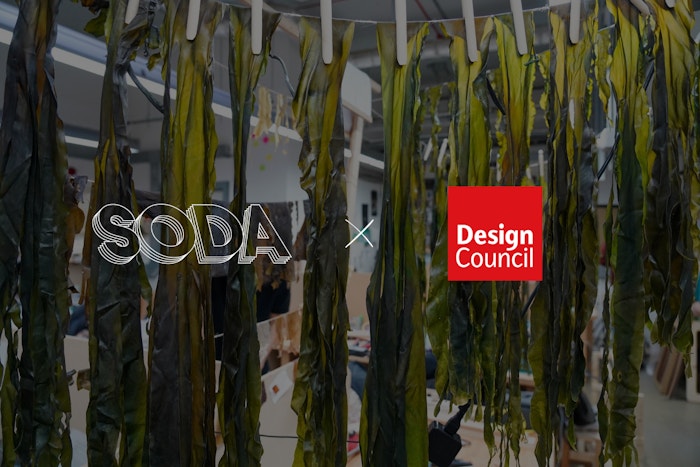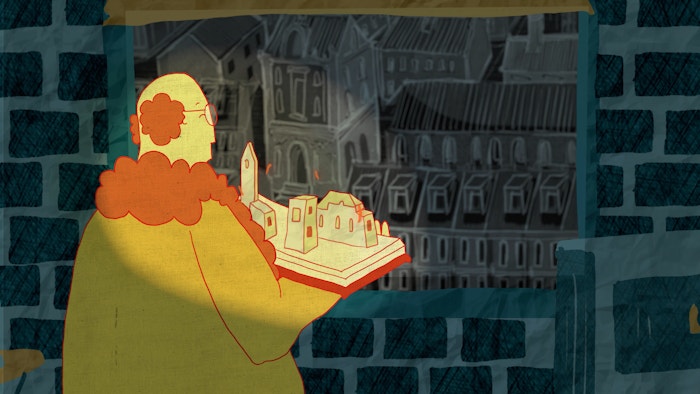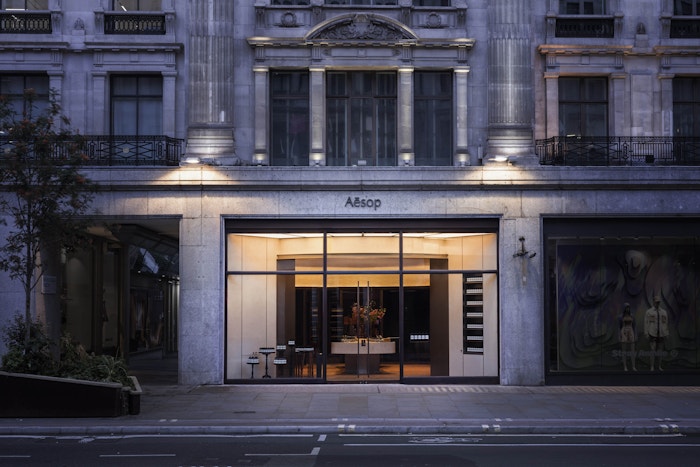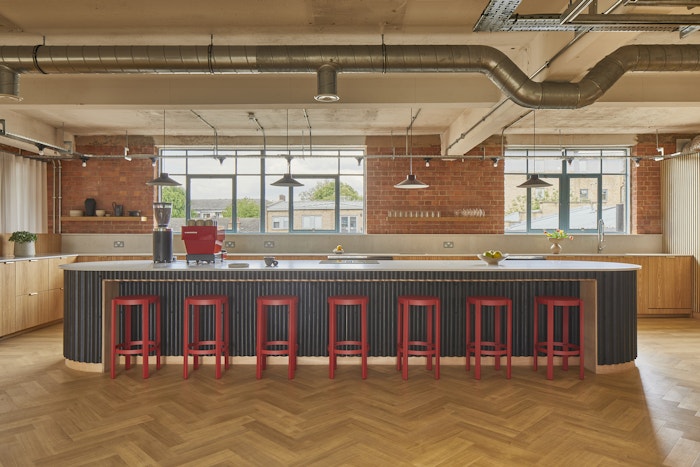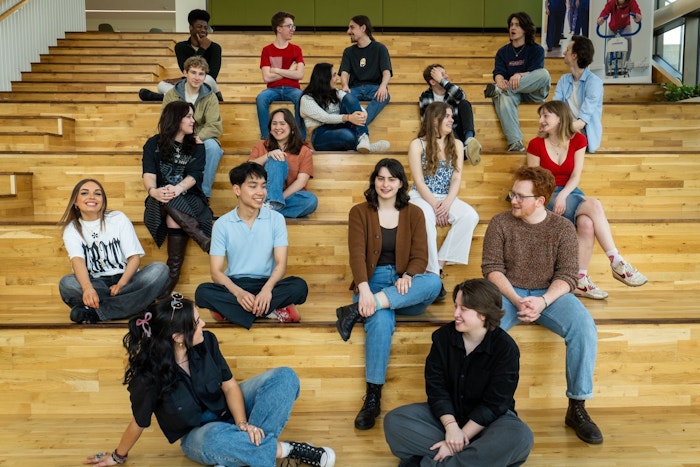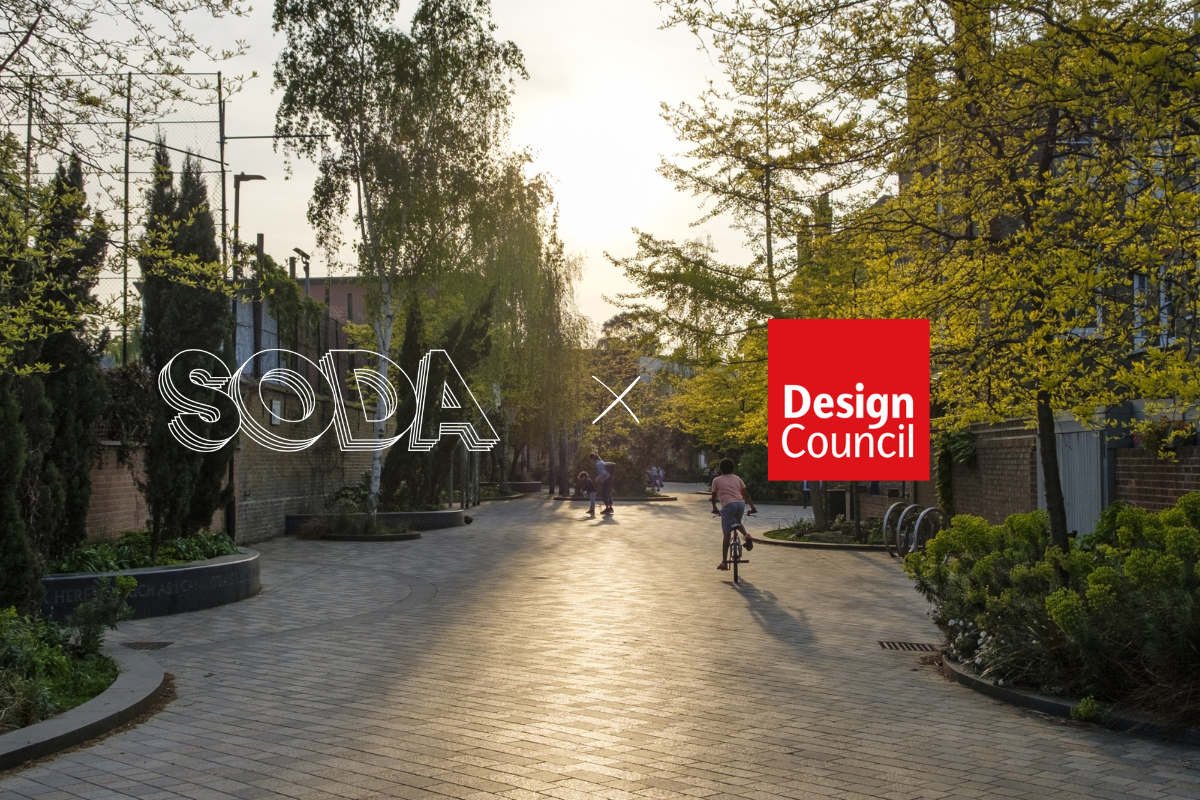
Words by Matilda Agace
25 Sep 2024
Design Council Digest: New government, new missions. Real change?
For the inaugural SODA x Design Council Digest column, the organisation's senior policy and advocacy manager Matilda Agace offers six ideas to take the public sector closer to net zero.
Over the past fortnight, MPs across the country have been returning to Westminster to start the first full term of the new government. At the Design Council we are excited to see some designers among them: Emily Darlington MP, who led Design Council’s work with the Public Sector back in 2009; architect Sarah Gipson; graphic designer Fabian Hamilton; and at the regional level, South Yorkshire’s Oliver Coppard who led an All Party Parliamentary Group on Design and Innovation and wrote reports like Restarting Britain. Have we ever had a more design-literate cohort of MPs and Mayors before?
Behind the scenes, things are also changing. Labour have come into power with a pledge to do government differently. They call this approach ‘mission driven government’.
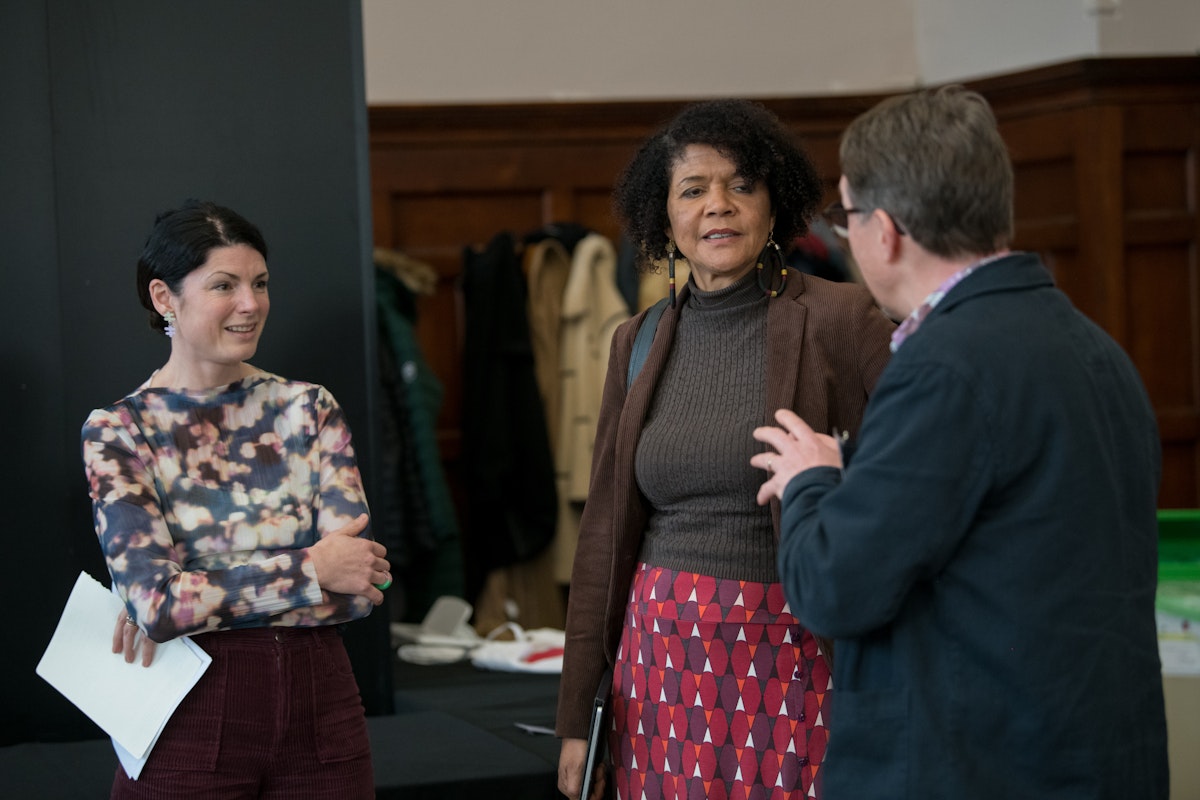
Design for Net Zero Innovation, Leaders workshop.
The challenges facing the UK have rarely been more complex – from climate to health, there are few quick and easy fixes. Labour’s missions aim to structure government and public services around five national missions. Inspired by Mariana Mazzucato’s work, the idea is that by setting a clear, bold goal from the top – a clear ‘what’ – but inviting innovation, iteration, and collaboration around the ‘how’ of delivering those missions, government will work better for the public. Labour has five missions, from making Britain a clean energy superpower to securing the highest sustained growth in the G7.
The risk is though, that the ‘missions’ become little more than rebranded goals, are quickly forgotten (who remembers the 2022 Levelling Up Strategy missions?) or fail to get off the launchpad. With the devastating impacts of climate change ramping up, and the UK’s progress to net zero still off-track, we cannot afford failure.
To really deliver on missions we also need the skills and capabilities for mission-driven government to be supercharged. This is where design is integral to driving public service reform.

Marmalade Lane. Photo credit: David Butler, Mole Architects
Designers on the A-team
Over the last couple of decades there has been a steady growth of design approaches being used within the public sector. Today 88% of the public sector say design plays a role in their organisation.
There are now thousands of designers working in the public sector. From policy designers to service designers, architects to content designers, more people are using design skills at work. They might not call themselves ‘designers’ but they are doing design: working to understand their residents and communities priorities, reframing challenges, taking a systems view, codesigning, prototyping and iterating.
At the Design Council we have seen first-hand how impactful putting designers on the A-team can be. It started for us in 2004 when Hilary Cottam and Charles Leadbeater started RED at Design Council which pioneered new approaches to public service reform – from health to prisons - through design innovation. Then came DOTT in 2007, led by Andrea Cooper and John Thackara, which supported public servants across the North East to innovate using design.
Since then, programmes from Reducing Violence in A&E to our collaboration with the Local Government Association delivering Design in the Public Sector across England to more than 100 councils and more than 500 public sector leaders have not only strengthened design capabilities in the public sector, but have made a real difference in communities from Amble to Staffordshire.


Right: Design, differently planning workshop. Left: Design Academy workshop with Network Rail. Photo credit: Design Council.
So great design is happening in the public sector - problem solved?
Well, no, not quite. Our research suggests that there is a growing vibrant movement behind public design – lots of brilliant talent, pockets of exceptional practice, and hundreds of great case studies – but it is not yet supported as a business-as-usual core capability in the public sector.
This is a problem because without design capabilities becoming mainstream, the public sector will not be manned with the right skills and mindsets to deliver missions. Mission-drive public services need design skills to remain agile, experiment, listen, prototype, learn and adapt as policy ideas make contact with reality.
Over 2023-2024, the Design Council has worked with the UK Civil Service, the Arts and Humanities Research Council and a group of leading design academics on a review of design in the public sector. We ran a nation-wide survey of 1000 public sector workers, contributed our case studies and evidence, and held two workshops with public sector designers (our focus was those outside of central government) to explore value, challenges, and recommendations.

DLUHC Healthy Streets for Surrey.
Photo Credit: Surrey County Council
Six ideas to build capabilities for mission-driven government
Strengthen design leadership within public sector organisations. We recommend that all local authorities and public sector organisations are supported to create a Chief Design Advisor or senior Design Champion role, with responsibility for developing design practice across all types of design within the organisation.
Develop a portfolio of events, training, and resources to unite different types of designers across the public sector. Including trusted design frameworks and tools; regular cross-disciplinary convening events; and a training programme for both practitioners and leaders, focused on using design to address shared public missions like climate change.
Pilot new, structured approaches to improving design practice. For example, rolling out national & regional Design Review panels, appointing board level design champions, generating shared design principles, or a set of service design codes. Evaluate a series of 3-5 pilots.

Reducing Violence in AE - Newham High
Create an open framework agreement and guidance for public design procurement. As influential commissioners of regional economic activity local authorities should be empowered to build stronger connections with local design firms, tailoring their framework agreements to support develop local innovation ecosystems.
Develop a light-touch accreditation system and design competencies framework to support the growth of design skills amongst non-designers. This should be complemented with a design competencies framework (which works across all design disciplines) to structure professional development.
- Grow the talent pipeline into public design. Unlocking greater design capacity and skills within the public sector by updating school design curriculums, making stronger links into HE design courses, creating clearer design pathways in graduate schemes, and developing new design apprenticeships and secondment schemes.
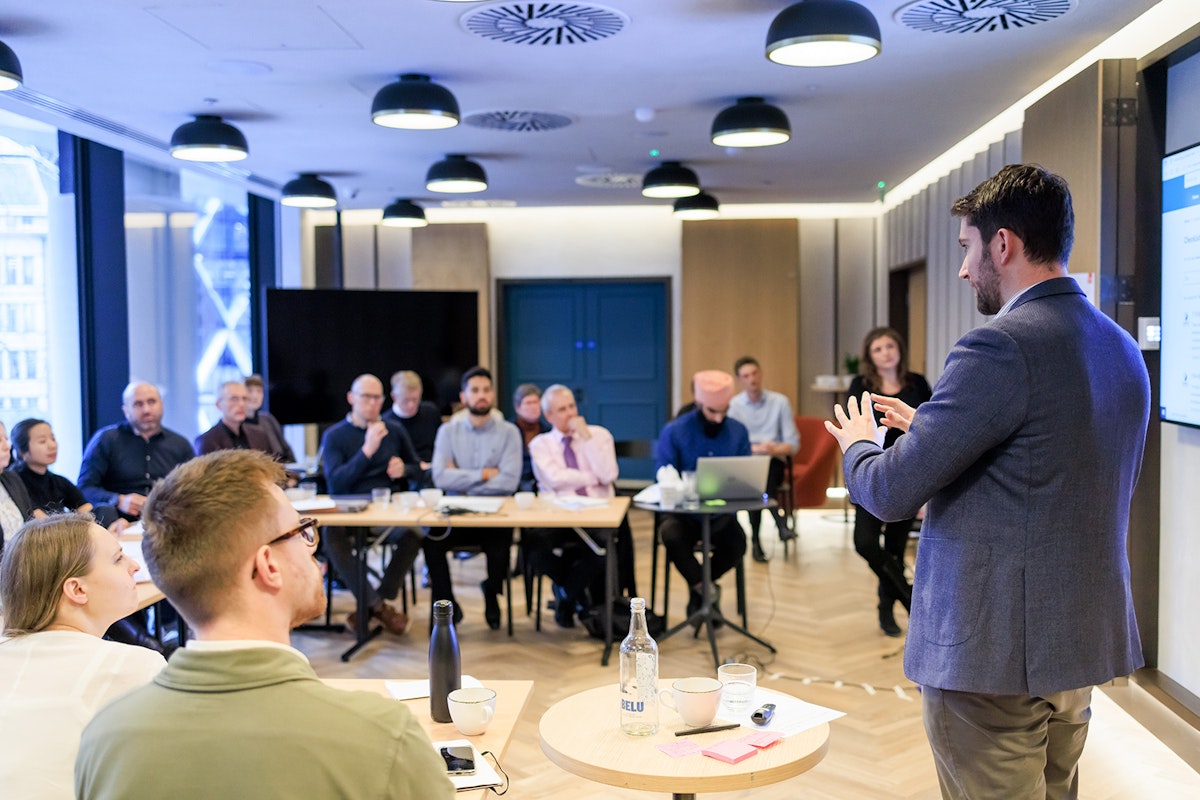
DLUHC - Design codes Phase 3 Pathfinders
In the context of a mission-based government, design skills cannot be celebrated in isolation. They are part of a toolkit of future government capabilities – including participatory methods, systems approaches, strategy, foresight – needed to deliver. We do think though that a design approach – such as that in our Systemic Design Framework – can give coherence to a range of methods and capabilities, and orientate them around the real experiences of Brits, as well as the needs of the planet. If design capabilities are put at the core of the public sector reform agenda, what more could be achieved?
Design Council welcome your feedback as we get ready to share more of our analysis and research. Please do send thoughts to [email protected].









